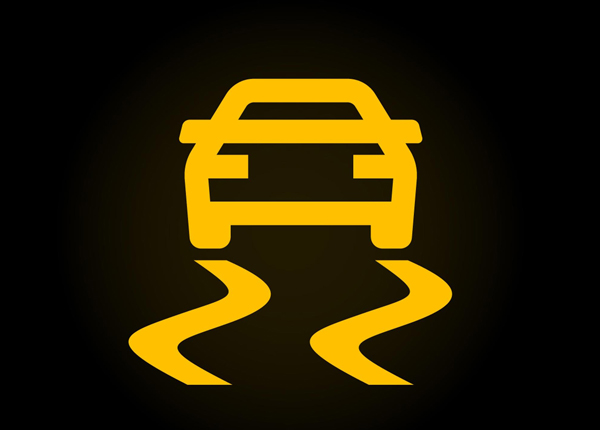
Centrifugal and Centripetal Forces: Driving Through Curves and Tight Turns
Updated Dec. 25, 2020When an object moves along a curved path, it is acted on by centrifugal and centripetal forces. This will affect your vehicle whenever you drive through a curved stretch of road. These two forces act simultaneously and pull in different directions.
- Centripetal force pulls an object towards the center of a curve.
- Centrifugal force pushes an object away from the center of the curve.
The “center” means the middle of the circle that would be formed if the curve was joined at both ends. The faster an object is traveling, the stronger the centrifugal force pushing it away from the center will be.
Think about an object attached to the end of a rope being swung in a circle. As it moves faster, centrifugal force lifts it further away from the ground. If a person is swinging the object, they will find it harder to hold on as its speed increases due to the outward pull of the centrifugal force. Centripetal force exerted by the rope pulls the object back toward the center of the circle; without this force, the object would travel in a straight line.
Traction
Centrifugal and centripetal forces dictate the tightness of the curved path your vehicle moves along. You drive through a curve by angling your front wheels in the direction you wish to travel. This creates friction between the surface of the road and the car’s tires, pulling you in the direction of the turn. The power of this centripetal force is determined by how sharply you angle your wheels and how much traction the tires have. A sharper angle and greater traction result in a stronger centripetal force and a tighter turn.
While this is going on, inertia causes centrifugal force to pull your vehicle towards the outside of the curve. Remember that an object will always seek to maintain its current course of travel, in this instance, resulting in the centrifugal pull away from the direction of the turn you are making. Centrifugal force becomes stronger the faster the object is traveling. So, driving through a curve in the road at speed will subject your vehicle to a powerful outward pull. This is the reason that vehicles sometimes lose traction, skid or roll over when taking a bend in the road too quickly.
Real-life driving applications
You need an understanding of centripetal and centrifugal forces in order to adjust your driving behavior appropriately when approaching a bend or a curved stretch of road. Consider these real-world driving scenarios:
- 1

If you are driving in the lane that sits on the inside of a curve in the road, centrifugal force could pull your vehicle outward into the opposing lane of traffic.
- 2

When driving through a similar curve in the outside lane, centrifugal force could push your vehicle off the edge of the roadway. This would be extremely dangerous, particularly if there is a steep drop-off to the side of the road.
- 3

When the road is icy or wet, traction will be generally poorer as there is less friction between your tires and the road’s surface. This will result in a lessened centripetal force, making it easier for the centrifugal force to overpower your vehicle.
All these dangerous situations can be avoided by reducing your speed to a safe level as you drive through a curve. As the last example demonstrates, you must take roadway conditions into account when adjusting your speed, as poor traction will require a greater reduction in speed than usual.
Making forces work for you
Considering how and when centripetal and centrifugal forces will act on your vehicle will help you to become a safe, highly skilled driver. Here are some top tips:
- Always reduce your speed before entering a curve.
- If necessary, shift to a lower gear before entering the curve.
- Do not brake part way through a curve, as there is a greater chance your vehicle will skid.
- When traveling through a curve on a bicycle or motorcycle, you should lean toward the center of the curve to maintain your balance. How steeply you lean will depend on the tightness of the curve.
Banked roads
You may sometimes encounter roadways that are banked along a curve so that the edge of the road on the inside of the curve sits lower than the edge on the outside of the curve. Many modern roads are designed this way when curves cannot be avoided. When you are driving through a banked curve, gravity acts against the centrifugal force, helping to prevent your vehicle from skidding outward. Keep in mind that you will still need to reduce your speed when driving through a banked curve. Though, you will not need to slow as much as you would if the roadway were flat.




